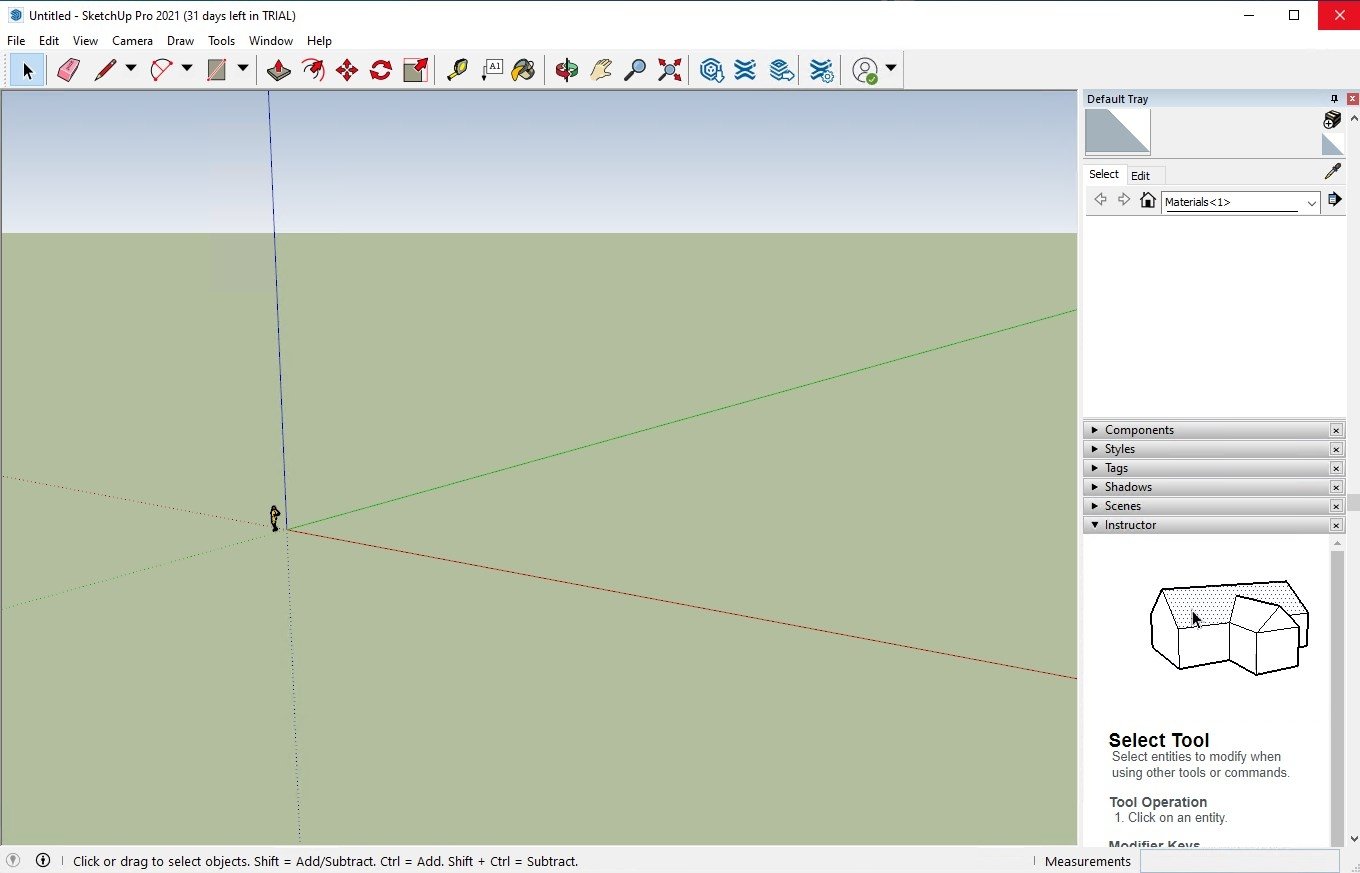
Plus, learn how to work with reusable components (including third-party objects from the 3D Warehouse) and apply simple styles and animation to make your 3D projects more polished and presentable.

George Maestri covers navigating around the interface, manipulating objects, drawing in 2D and 3D space, working with materials, and applying textures. Learn the essentials of the latest version of SketchUp in this course. SketchUp 2017 offers faster performance, intelligent tools such as innovative offsets and inferencing, and more customization options than ever before. The tool is not yet ported into zmodeler3 to the moment.SketchUp is a free and easy-to-use 3D drawing, design, and rendering program. The model will get uv-remapped with respect to layout you've specified and from that moment on remapped objects can use single baked texture. right-click to pick area for respective material, resize and place it onto proper area of backed texture ĭo #5 for each material burst to get it placed correctly Locate in drop-down box the new material checkmark material names in a list to be remapped ĥ. Select objects to apply uv remapping to pick Edit -> Surface -> UV Remapper.Ĥ. create combined material in ZModeler and load baked texture onto it ģ. put your texture images into single canvas in PaintShop or PhotoShop Ģ. A "UV Remapper" tool located in main menu under Edit->Surface:ġ. ZMod2 had a tool to convert UV mapping from multy-texture configuration to single-texture configuration. The rest can probably be baked into single texture image. Wrapped-mapped textures like bricks or grass should stay as separate texture image files. I have successfully achieved a reasonable "texture bake" in Blender, but when exporting this to Zmod3 the UV wrap becomes incorrect and disturbed. The issue is that you need to perform some kind of "texture baking" method to bake all the separate files into 1 texture file then it must maintain the correct UV wrap when converting the model. Google Sketchup models have dozens (sometimes hundreds) of bitmap/jpg/png files as texture whereas the game-engine requires the texture to be 1 part (DDS 256x256 or DDS 512x512, rarely 1024x1024).

The main problem is not with the model structure but with the texture format. my way is to export from Sketchup to Collada (DAE) then import to Blender, export to Wavefront OBJ then import this into Zmod. This is good news however - the model bone structure is not a problem I can already do this. Currently I have several maya-exported and 3dsmax-exported DAE files for tests.

You can upload and attach several "ready to go" models from sketchup (in DAE format), so I could use them as a reference material to ensure sketchup-exported models are well-supported. This could be suitable solution for converting sketchup models directly to zmodeler. ZModeler wrote:Collada DAE import/export plugin for ZModeler3 is in the works at the moment.


 0 kommentar(er)
0 kommentar(er)
